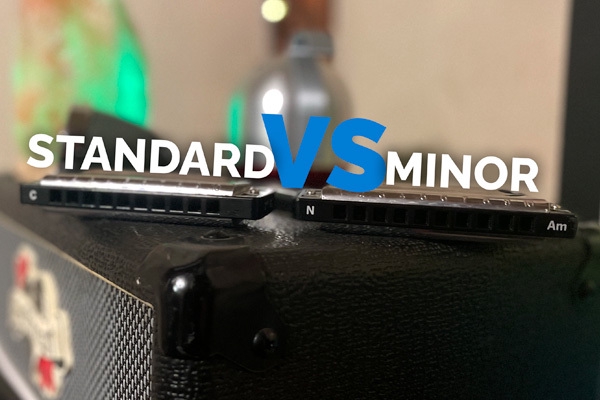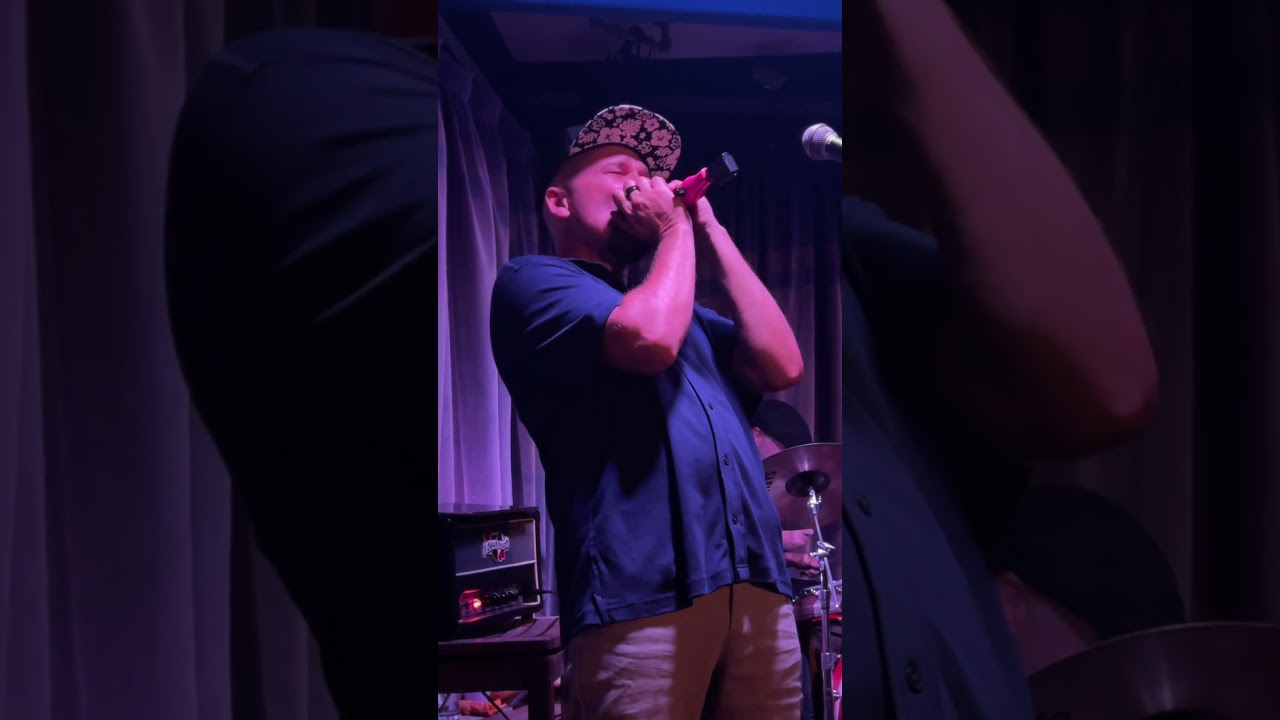Standard tuned harps are awesome. MOST of the time I play standard 10-hole diatonic harmonicas.
When we say “Standard tuned harp” we are referring to the Richter tuning, named after the 19th century harmonica maker Joseph Richter:
Blow holes play the chord in the key of the harmonica, and draw holes 1-4 play the dominant V7 chord (a G chord on a C harmonica). The major scale in the key of the harmonica is played between holes 4 and 7.
![]() They are GREAT for folk music (which is what they were originally designed for in early 19th century Europe) in FIRST POSITION - playing in the key of the harmonica (Key of C on a C harmonica).
They are GREAT for folk music (which is what they were originally designed for in early 19th century Europe) in FIRST POSITION - playing in the key of the harmonica (Key of C on a C harmonica).
![]() And they are GREAT for the blues (which the Americans discovered/innovated in the early 20th century) in SECOND POSITION - playing up 5 note names from the key of the harmonica (Key of G on a C harmonica).
And they are GREAT for the blues (which the Americans discovered/innovated in the early 20th century) in SECOND POSITION - playing up 5 note names from the key of the harmonica (Key of G on a C harmonica).
![]() But they also limit the genres you can play.
But they also limit the genres you can play.
Even for players who master the other positions and advanced techniques necessary to play certain melodies, we still don’t have the chords that the Natural Minor harmonicas provide.
This is where a Natural Minor harp can step up to the plate.
Natural Minor harmonicas are labeled and designed to be played in 2nd position.
So a G Natural Minor is just like a C Harmonica:
![]() C Diatonic Harmonica = Draw chord G, Blow chord C
C Diatonic Harmonica = Draw chord G, Blow chord C
![]() G Natural Minor = Draw chord G minor, Blow chord C minor
G Natural Minor = Draw chord G minor, Blow chord C minor
![]() 1st position our most important notes are blows
1st position our most important notes are blows
![]() 2nd position our most important notes are draws
2nd position our most important notes are draws
The benefit that can explode your harp game? Natural Minor harps have a very bluesy, soulful sound that’s perfect for playing Minor Blues, Reggae, Ska, Latin, Funk, R & B, Hip Hop. (You can hear me soloing on a Natural Minor harmonica on this hip hop track.)
You can play minor melodies in 3rd, 4th, and 5th position on a standard tuned harmonica. But the awesome thing about the Natural Minor is you can play everything you normally play in 2nd position, just now it sounds minor.
For example, the Bob Marley song Natural Mystic in A minor could be played in 3rd position on a G harmonica, but using an A Natural Minor harp, WE CAN PLAY THE CHORDS and also, all of our fun 2nd position licks, like the -45 trill. Check out this vid.
Here’s how I’m playing the chords
![]() The i Chord, A minor, -123
The i Chord, A minor, -123
![]() The iv Chord, D minor, 1234
The iv Chord, D minor, 1234
![]() The v Chord, E minor, I’m playing -145 (covering holes -23 with my tongue, but you could just play -45 for the v Chord.)
The v Chord, E minor, I’m playing -145 (covering holes -23 with my tongue, but you could just play -45 for the v Chord.)
Here’s the tabs for Natural Mystic by Bob Marley on an Am Natural Minor:
-2 -3 4 4 4 -4 -3 -2 -2 -2" -2 (repeat)
-2 -3 4 -3 4 -3 -2
-4 -5 5 -3 4 -4
-2 -3 4 -3 4 -4 -3 -2
-2 -3 4 -3 -4’ -4 -3’ -3
-3 -3’ 4 -3
-2 -3 4 4 4 -4 -3 -2 -2 -2" -2
As you can see in this video, I’m taking advantage of all of the things I love about playing in 2nd position, like the -45 trill. I LOVE playing Lee Oskar Natural Minor Harmonicas!


